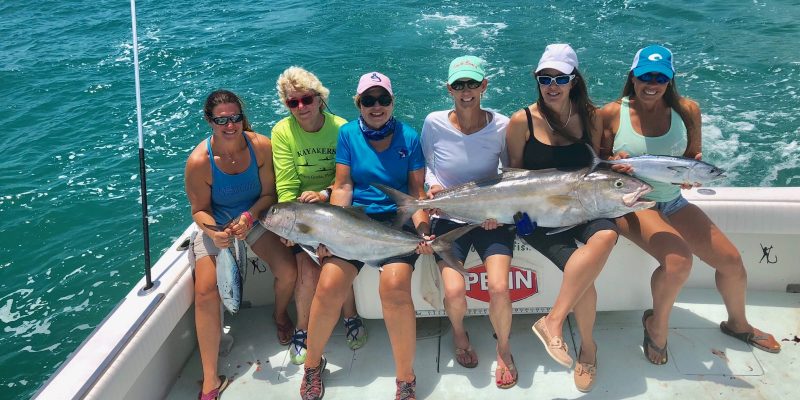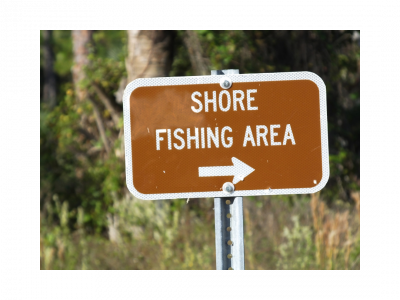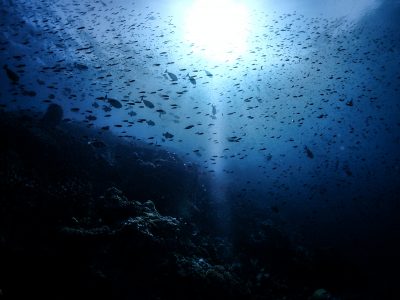When planning a fishing trip, one of the most important things to consider is when you’re going to go. This is especially true for offshore fishing, where conditions can be much more challenging than fishing in a local lake or river. There are 3 main factors that you need to take into account when planning your offshore fishing trip: wind, tides, and moon phase.
1. Wind is one of the most important factors to consider when planning an offshore fishing trip. The direction and speed of the wind can have a major impact on the fish you’re targeting.
How does wind affect offshore fishing?
The direction of the wind can determine where the fish will be located. If the wind is blowing from the north, for example, the fish will likely be found in the southern part of the fishing area. The speed of the wind can also affect offshore fishing, as it can create waves and currents that make it difficult to fish. When planning an offshore fishing trip, it’s important to check the forecast and choose a day when the wind is blowing at a moderate speed.
If the wind is strong like 20 mph, you might want to fish another day as the waves will be high and rock the boat. If the wind is blowing against the current, the waves will be extra high.
2. Tides are another important factor to consider when planning an offshore fishing trip. The direction and speed of the tide can have a major impact on the fish you’re targeting. It can also affect the depth of the water, as well as the movement of the fish.
How does tide affect offshore fishing?
The tide can affect offshore fishing in a number of ways.
- The first is by affecting the depth of the water. If you’re fishing in an area with a strong tide, the water level can change quickly, making it difficult to fish at certain depths.
- The second way that tides can affect offshore fishing is by affecting the movement of the fish. Tides can create currents that make it difficult for fish to swim, so they may be found in different areas at different times of the day.
When planning an offshore fishing trip, it’s important to check the tide chart and plan your trip around the tide.
3. The moon phase is the final factor to consider when planning an offshore fishing trip. The moon can affect the behavior of fish, as they are more active during certain phases of the moon.
How does the moon phase affect offshore fishing?
The moon phase can have a big impact on offshore fishing. Fish tend to be more active during certain phases of the moon, so it’s important to plan your trip around these times. Sometimes, fishing when there’s a full moon can be less productive because with a full, bright moon the fish may eat all night and not bite as well during the day.
It can also be a difficult time to fish, as there may be more boat traffic and the water may be choppier. If you’re looking for a more challenging offshore fishing trip, try fishing during the new moon, when fish are less active.
By taking these 3 things into account, you can increase your chances of success when planning an offshore fishing trip. So next time you’re looking to reel in a big one, be sure to consider these important factors!
So what are you waiting for? Grab your tackle box and head to the shore!
Happy fishing!


